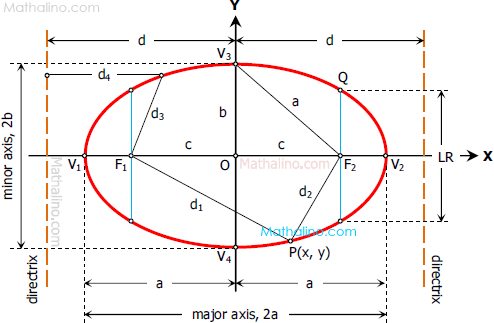226 - Moment of force about different points
Problem 226
In Fig. P-226 assuming counterclockwise moments as positive, compute the moment of force F = 200 kg and force P = 165 kg about points A, B, C, and D.

- Read more about 226 - Moment of force about different points
- Log in or register to post comments



